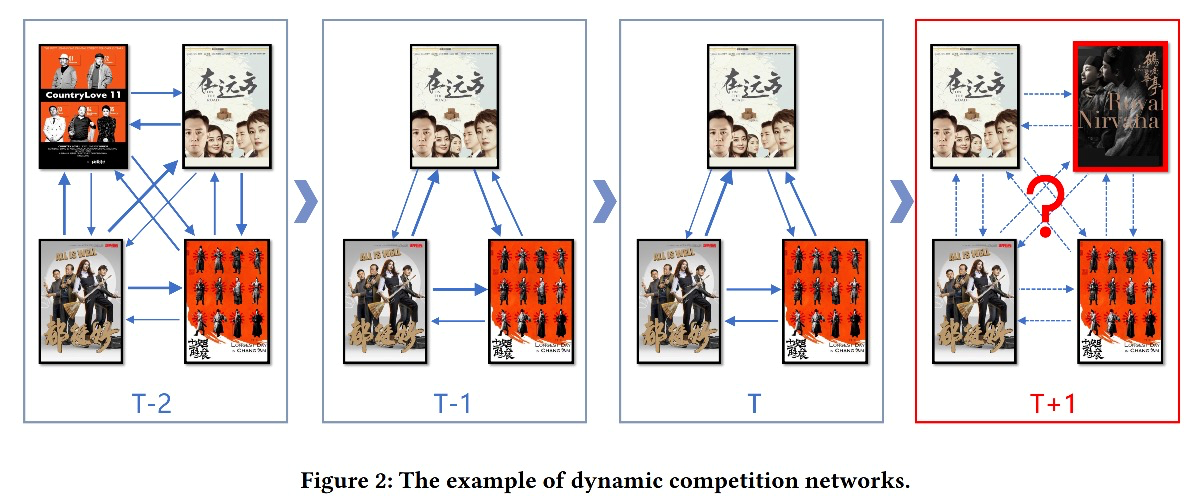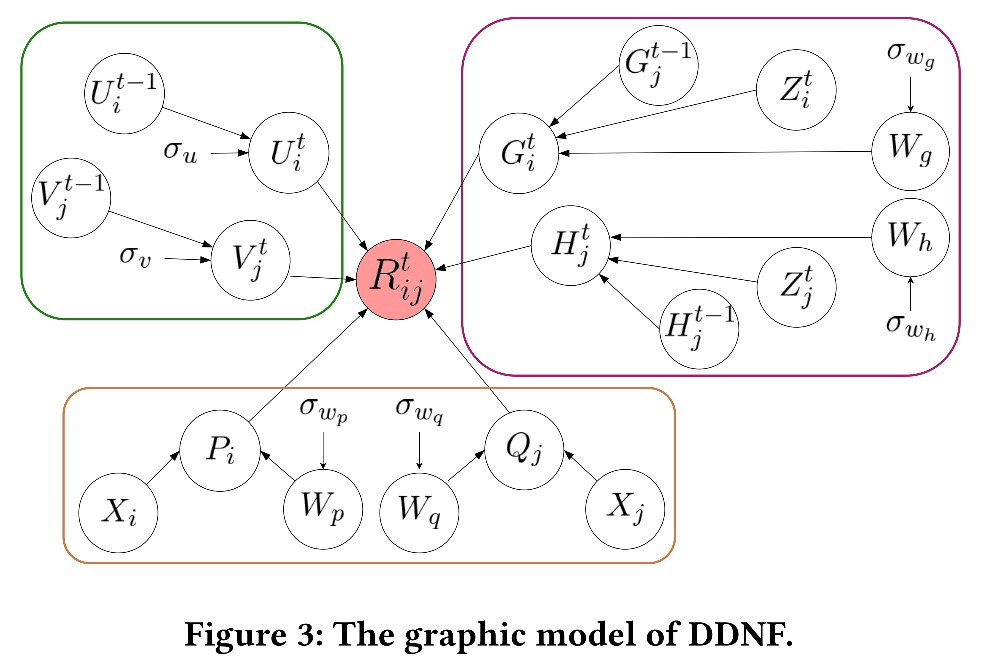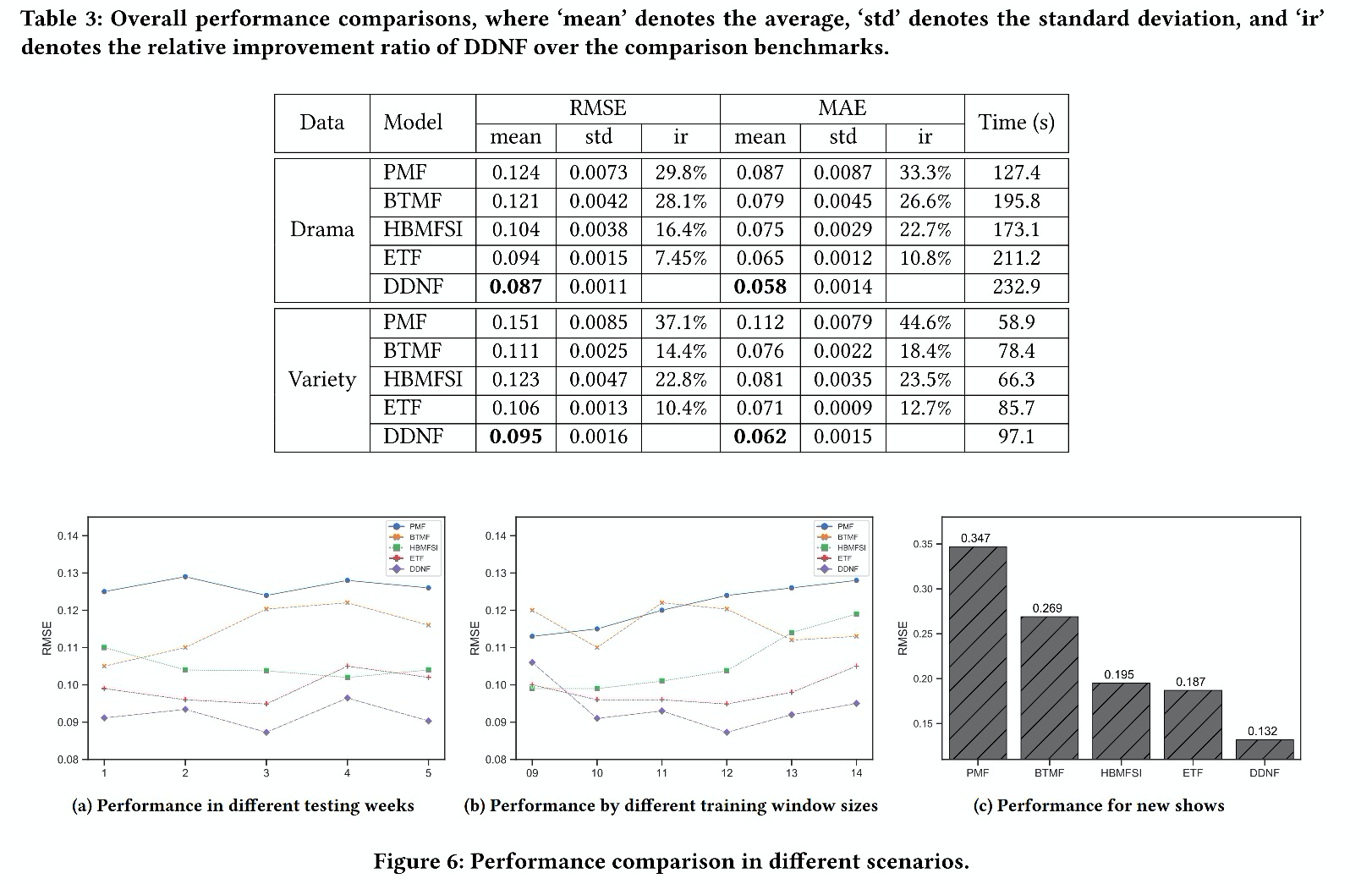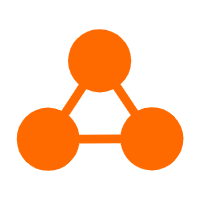Download the "Cloud Knowledge Discovery on KDD Papers" whitepaper to explore 12 KDD papers and knowledge discovery from 12 Alibaba experts.
By Zhang Peng (Jinxi), Liu Chuanren, Ning Kefeng (Zhengcheng), Zhu Wenxiang (Hengyun), and Zhang Yu (Daoji)
Currently, popular TV series attract the main traffic of large-scale online video platforms. This is important for advertising resources. Accurately predicting the target audience traffic for TV series helps optimize the advertising effect and increase revenue. However, predicting the audience traffic is does not answer higher-level questions, such as what TV series a platform should purchase in the future. The traffic of the TV series and the competition among the TV series on the same platform both need to be considered to avoid popularity conflicts within the platform. This article explores the audience competition for online TV series by providing the competitiveness definition, algorithm design, and experimental comparison.
Presently, the academic community has no definition of "competitiveness for TV series." After we studied articles on competitiveness, we proposed criteria for the audience competition for TV series. First, we count the number of viewership records of a specified number of audiences on two TV series during a specified time. Then, we calculate the relative occupancy of the number of viewership records between two TV series. Lastly, we take the average of all users as the "final competitiveness."
We calculate the competitiveness by using "one week" as the specified time. Then, we define a competition network map. The nodes in the map represent TV series while the edges represent competitiveness. This competition network map is dynamic and changes over time. We need to predict the value of each edge in the future network map, which are the competitions among TV series. The following figure shows an example of dynamic competition networks. The time at competition networks T-2, T-1, and T are known. We need to predict the competition network at T+1. Note: The TV series in the dynamic competition networks are not static. Old TV series may disappear for some time after the finale and new TV series may appear at the premiere.

Based on the competitiveness definition described above, we designed the Deep Dynamic Deep Network Factorization (DDNF) by combining a deep neutral network (DNN) and a knowledge base (KB.) This framework can fully integrate the static and dynamic characteristics of TV series and temporal dynamics in competition networks. Therefore, it can optimize the latent factors of the TV series in the dynamic competition networks and use the latent factors to effectively predict audience competition in the future. The framework comprises three parts. The first part is the temporal module, the Temporal Latent Factors. This module uses the latent factors of TV series learned from the competition networks using tensor factorization. The second part is the deep static feature module, the Deep Embedding of Static Features. This module combines a KB and a DNN to extract the relationship and attribute information of TV series from static features. Static features include the introduction, theme, and producer relationships of the TV series. The third part is the recurrent dynamic feature module, the Recurrent Embedding of Dynamic Features. This module uses a long- and short-term memory (LSTM) network to extract the dynamic changes of the TV series from their dynamic features. Dynamic features include the number of viewership records, the number of likes, and the update status of the TV series. Finally, the three modules are combined into an end-to-end DDNF framework. As shown in the following figure, the green box indicates Temporal Latent Factors, the yellow box indicates Deep Embedding of Static Features, and the purple box indicates Recurrent Embedding of Dynamic Features.

We used the historical data of a large network video platform to construct a TV series competition dataset and used the dataset for the experiment. The dataset comprises the TV series subset and variety shows subset, with a span of one year. We also selected the classical algorithm Probabilistic Matrix Factorization (PMF), Bayesian Temporal Matrix Factorization (BTMF), Hierarchical Bayesian Matrix Factorization (HBMFSI) that considers additional information, and Evolving Tensor Factorization (ETF) that combines temporal and additional information for comparison. The experimental results show that our algorithm DDNF achieved the best results on both subsets. DDNF also performed better in predicting the competitiveness of new TV series.

In this article, we set up a range of dynamic competition networks for TV series based on the viewership records. Then, we designed a DDNF by combining a DDN and a KB. This framework can fully integrate the static and dynamic characteristics of a TV series and the temporal dynamics in competition networks. Therefore, it can optimize the latent factors of the TV series in the dynamic competition networks and use the latent factors to effectively predict the audience competition in the future. Prediction of audience competition for TV series is valuable for online video platforms to manage advertising sales, purchase video copyrights, and compete with other video service platforms.
The views expressed herein are for reference only and don't necessarily represent the official views of Alibaba Cloud.
KDD 2020: Learning to Generate Personalized Query Auto-Completions with a New Approach

2,593 posts | 790 followers
FollowApsaraDB - April 9, 2021
Alibaba Clouder - February 24, 2020
Alibaba Clouder - July 23, 2018
Alibaba Clouder - October 27, 2020
Alibaba Cloud Community - October 22, 2021
Alibaba Cloud Community - September 3, 2024

2,593 posts | 790 followers
Follow Platform For AI
Platform For AI
A platform that provides enterprise-level data modeling services based on machine learning algorithms to quickly meet your needs for data-driven operations.
Learn More Epidemic Prediction Solution
Epidemic Prediction Solution
This technology can be used to predict the spread of COVID-19 and help decision makers evaluate the impact of various prevention and control measures on the development of the epidemic.
Learn More Offline Visual Intelligence Software Packages
Offline Visual Intelligence Software Packages
Offline SDKs for visual production, such as image segmentation, video segmentation, and character recognition, based on deep learning technologies developed by Alibaba Cloud.
Learn More Network Intelligence Service
Network Intelligence Service
Self-service network O&M service that features network status visualization and intelligent diagnostics capabilities
Learn MoreMore Posts by Alibaba Clouder